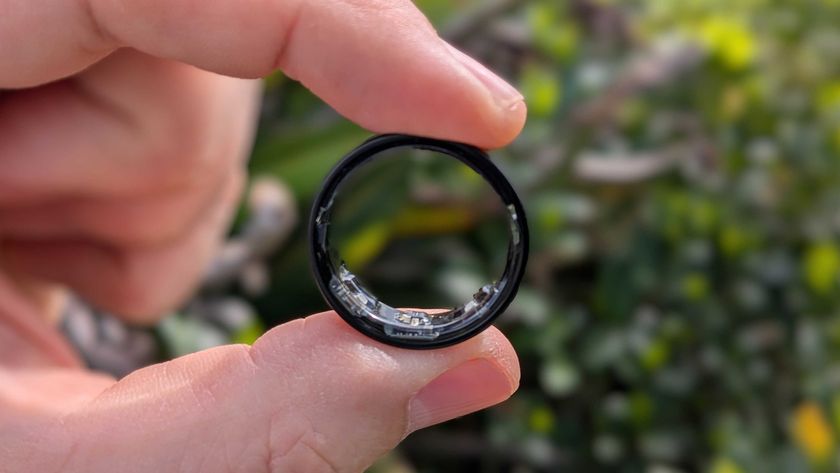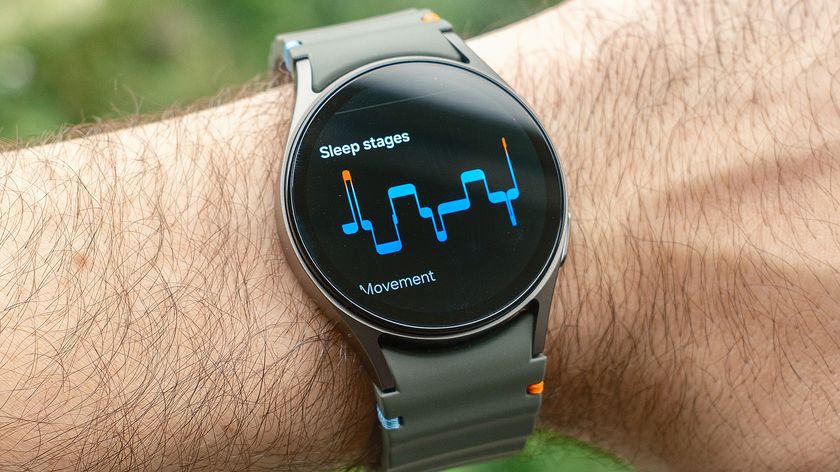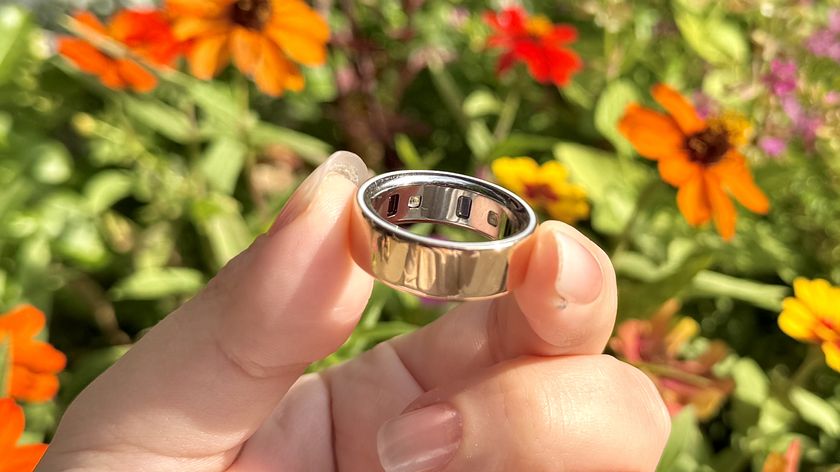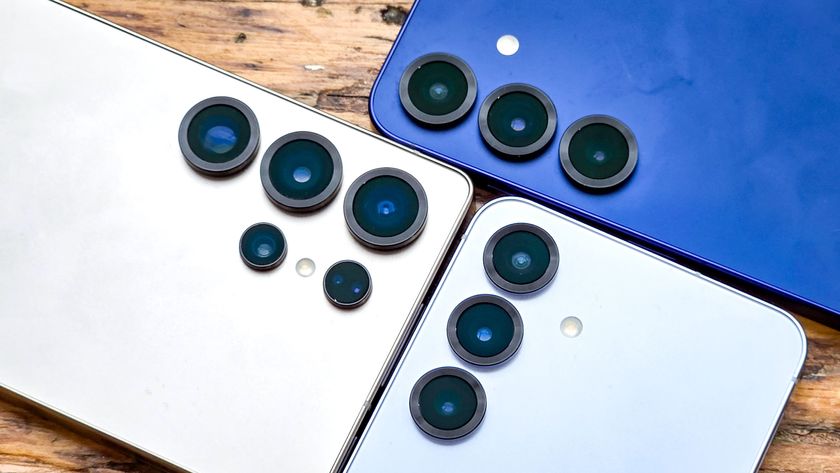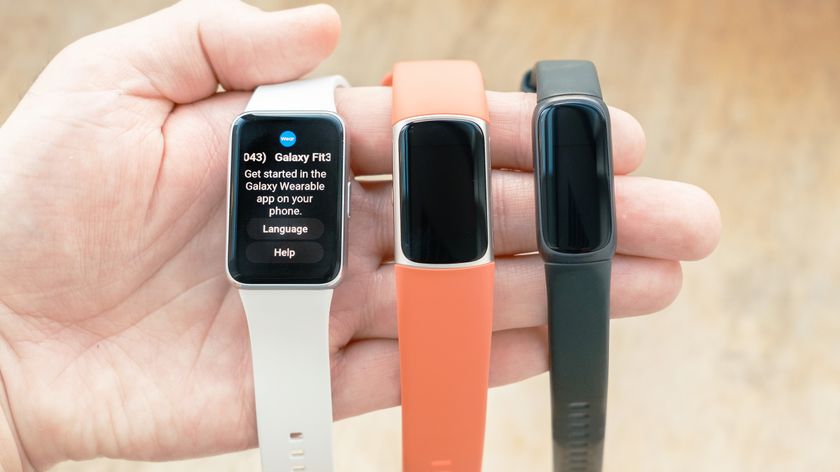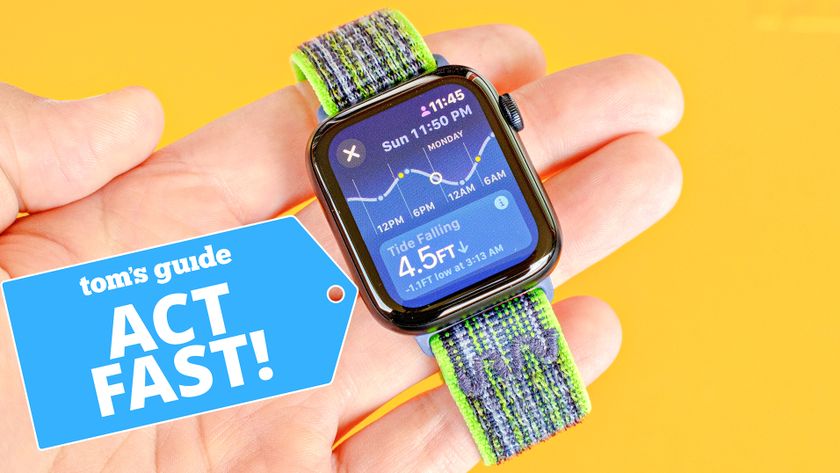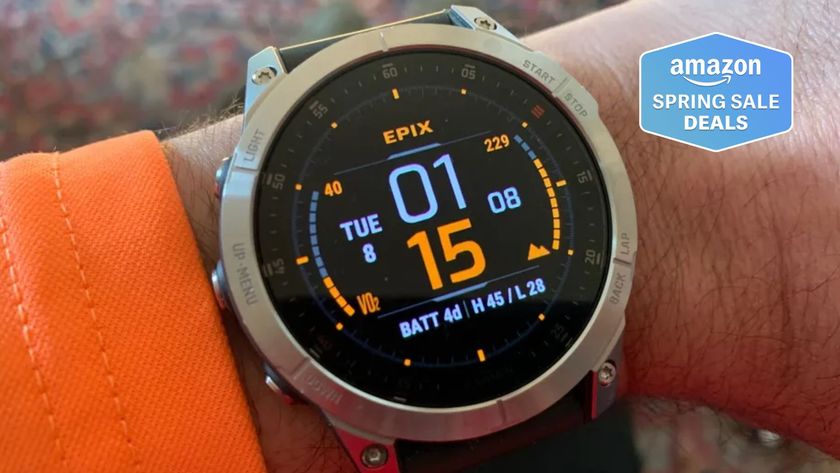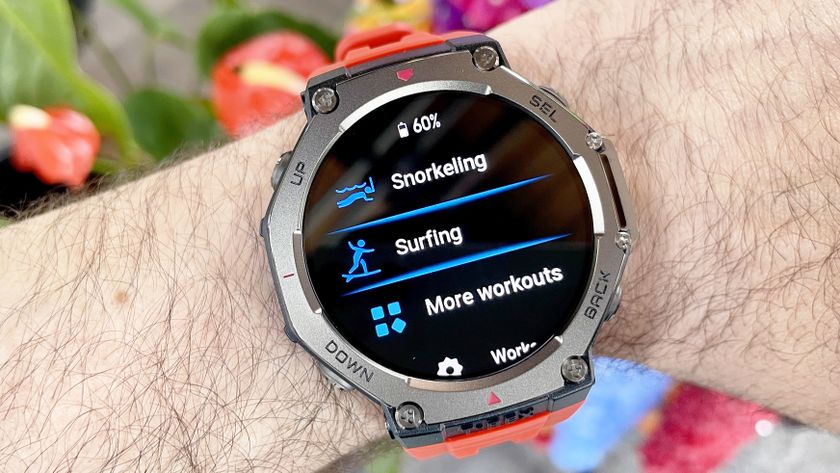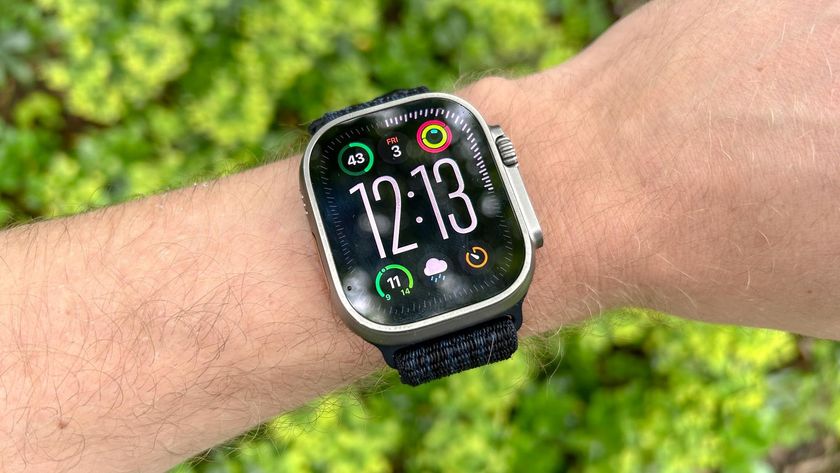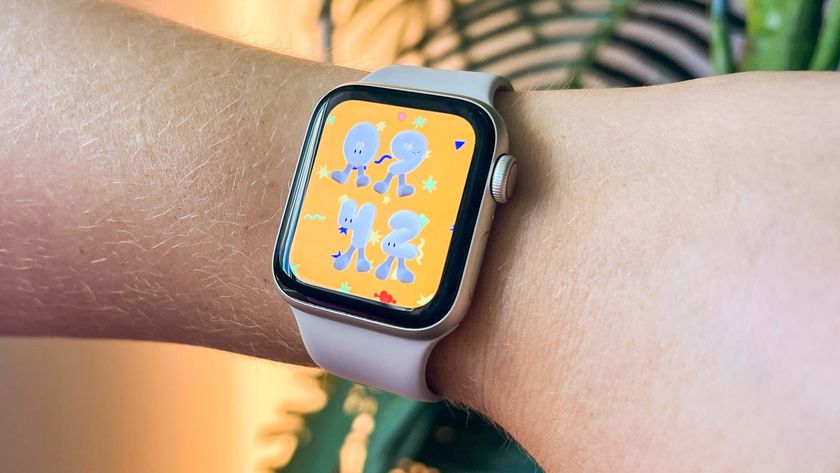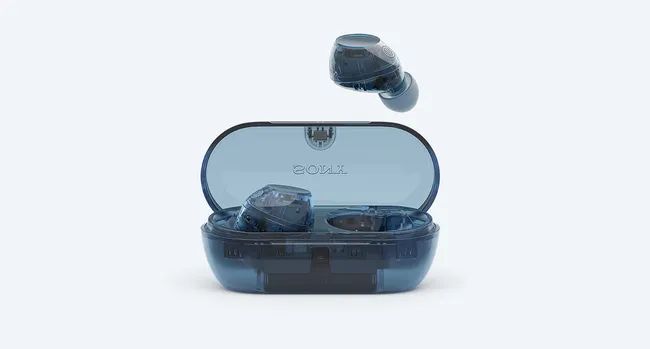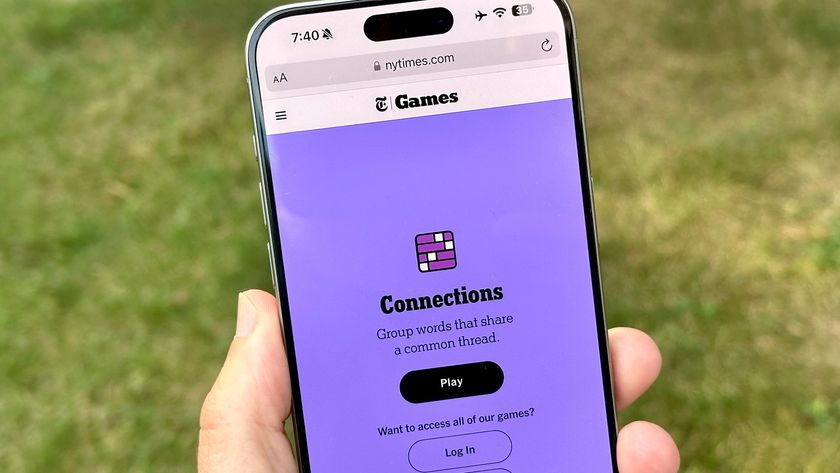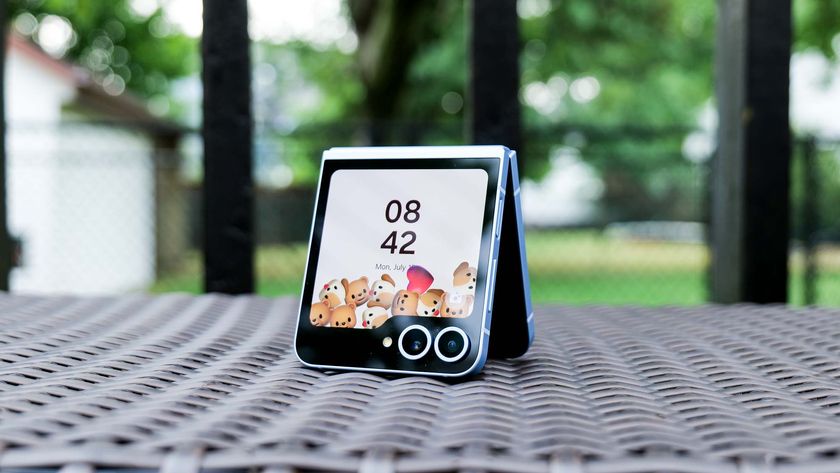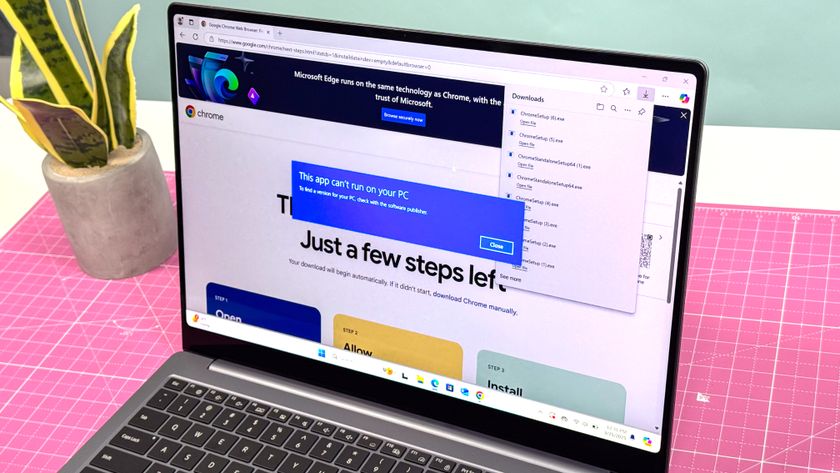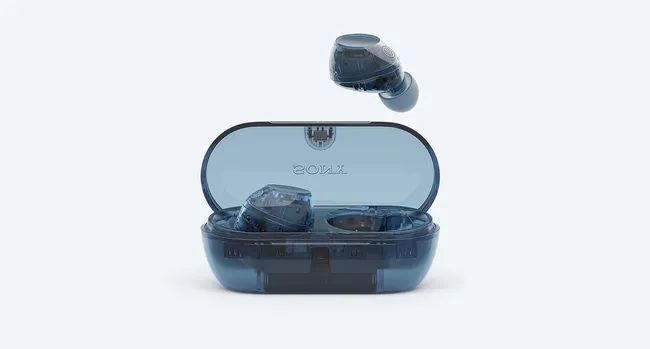Galaxy Watch 5 skin temperature reader can finally predict periods — how it works
Samsung Health's partnership with Natural Cycles now powers ovulation predictions for users
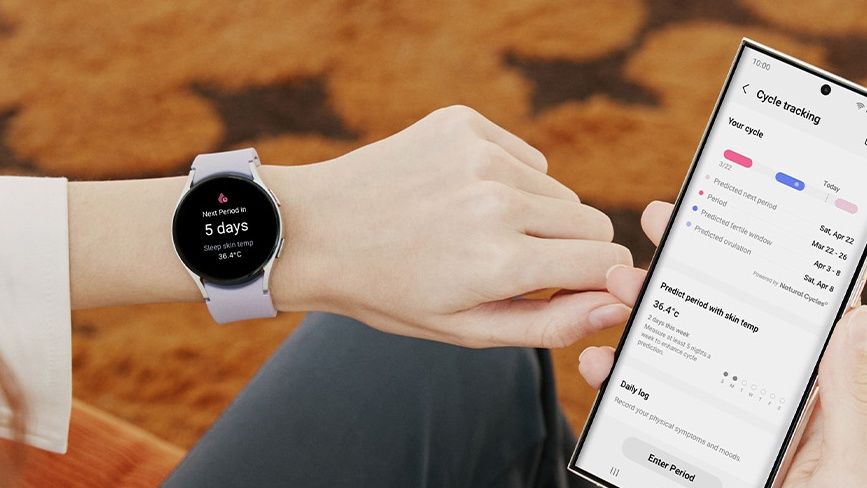
The Samsung Galaxy Watch 5’s biggest internal upgrade is finally functional. Users who use the Cycle Tracking feature in Samsung Health can now get better insights on their cycle and ovulation based on skin-temperature data collected by the Galaxy Watch.
Despite the Samsung Galaxy Watch 5 Pro and Galaxy Watch 5 launching in August 2022, the skin temperature sensor hasn’t played a part in the user experience until now. In the interim, Apple and Fitbit debuted two of the best smartwatches with active skin temperature readers for gauging health metrics.
Samsung is catching up with the help of Natural Cycles, one of the more reputable period-tracking apps. What’s more, this is the first case of Natural Cycles’s native algorithm being adapted for an FDA-registered smartwatch experience.
The algorithm uses basal body temperature (BBT) to inform personalized ovulation data. Through reading BBT from the wrist automatically with the Galaxy Watch 5, Samsung’s Cycle Tracking program can predict period and ovulation windows. This data can be essential to users who want to monitor their flow and fertility.
With the skin-temperature sensor being the major change between the Samsung Galaxy Watch 5 vs. Galaxy Watch 4, it’s somewhat a relief to know the feature now works. According to Samsung, functionality will progressively roll out starting April 19 in Korea, the U.S., and 30 European markets.
How to use the skin temperature sensor for cycle tracking
To use the Samsung Galaxy Watch 5 skin temperature sensor as part of Cycle Tracking, open Cycle Tracking in the Samsung Health app, add your most recent cycle information into the calendar, and then turn on ‘Predict period with skin temp’ in the settings.
Readings will be collected and displayed in a calendar within Cycle Tracking. This calendar will then show predicted period and ovulation windows; however, you might want to wait a few weeks before taking action on the data. This isn’t advised by Samsung, but a recommendation I’d make based on experience testing wearable devices that collect health metrics. (For what it’s worth, the Apple Watch Series 8’s version of the feature requires at least one month of data to calibrate.)
Sign up to get the BEST of Tom's Guide direct to your inbox.
Get instant access to breaking news, the hottest reviews, great deals and helpful tips.
And I, for one, am glad Galaxy Watch 5 users can benefit from more comprehensive cycle tracking insights with one of the best Samsung watch health features yet. Beyond pregnancy planning, period trends can be used to identify and understand hormonal conditions such as polycystic ovarian syndrome (PCOS.) It’s possible some of the actionable advice offered in Samsung Health — ie. scheduling a day to relax, exercising gently to relieve cramps — could have positive impact on the relationship between users and their ovulation cycles.
More from Tom's Guide
Kate Kozuch is the managing editor of social and video at Tom’s Guide. She writes about smartwatches, TVs, audio devices, and some cooking appliances, too. Kate appears on Fox News to talk tech trends and runs the Tom's Guide TikTok account, which you should be following if you don't already. When she’s not filming tech videos, you can find her taking up a new sport, mastering the NYT Crossword or channeling her inner celebrity chef.
